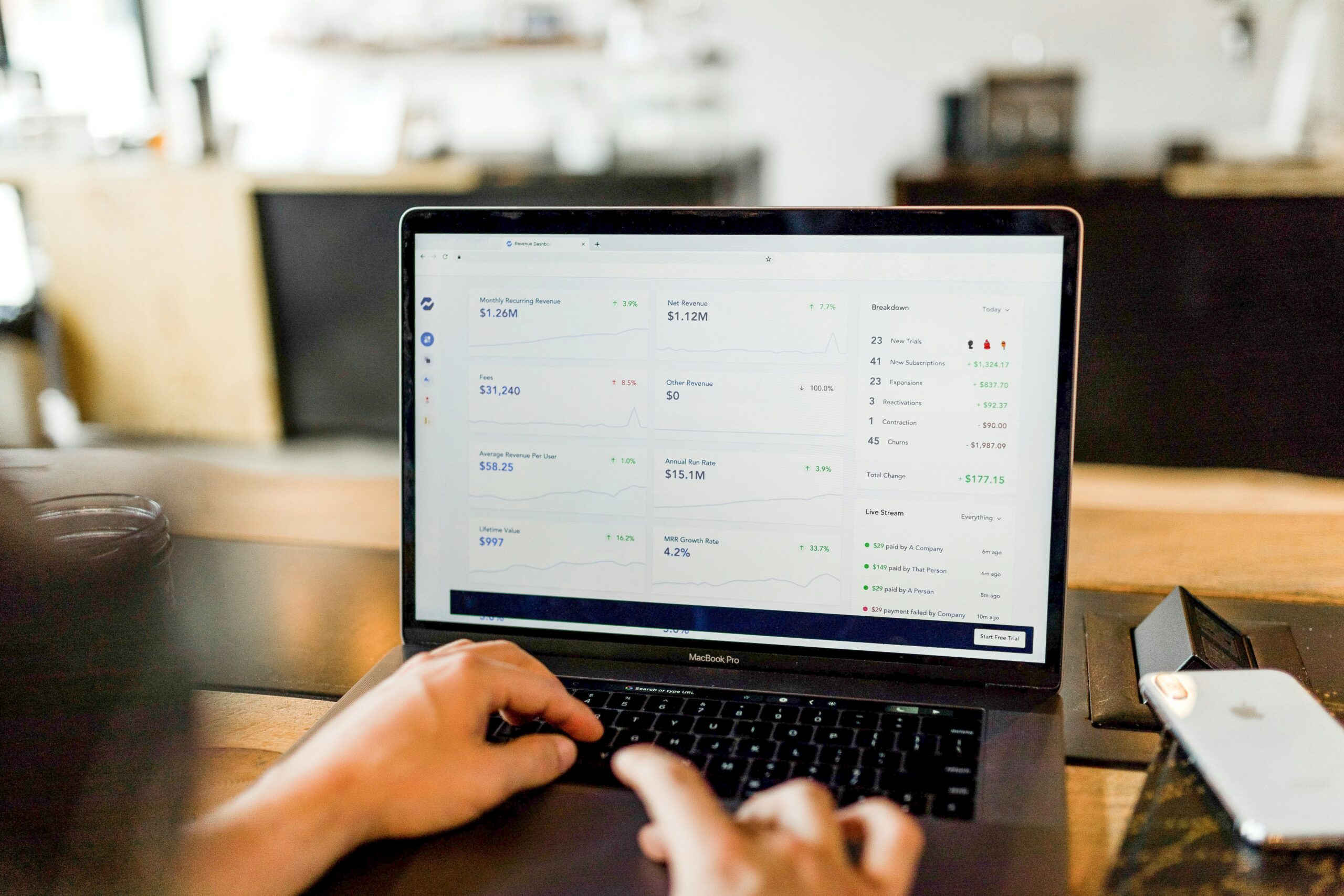Physical Address
304 North Cardinal St.
Dorchester Center, MA 02124
Physical Address
304 North Cardinal St.
Dorchester Center, MA 02124


In traditional financial analysis software, dashboards have historically been static and standardized.
Users are limited to pre-configured views, displaying the data in ways predefined by the software provider. If a business requires a specific analysis or custom view, their options are limited: they either engage in costly, time-consuming custom development or, in many cases, are told the feature is too niche to prioritize. This rigid approach leaves businesses without the agile insights they need, often forcing them to adapt their workflows to the limitations of the software.
With the rise of AI, however, a new era for financial dashboards has arrived. AI-powered assistants are enabling a shift away from this one-size-fits-all model, allowing dashboards to be truly dynamic, adaptable, and personalized. Let’s explore how AI assistants are fundamentally transforming financial dashboards—and the tremendous value they bring to financial teams and business leaders alike.
Traditional dashboards are designed with a broad user base in mind, often limited to displaying general KPIs and reports. To customize, users typically must request a software modification or resort to manual workarounds, limiting productivity and adaptability. This approach often leads to a frustrating wait for features that align with specific business needs—features that may never materialize.
With an AI assistant, the dashboard itself becomes an agile, responsive interface that adapts to each user’s requirements. Through simple, conversational inputs, users can interact directly with the AI, requesting specific views, custom metrics, and even real-time analytics. This shift from static to dynamic dashboards means that financial teams can instantly access the exact insights they need, whenever they need them, without having to compromise on usability or wait for customization.
One of the most transformative aspects of AI-powered dashboards is the ability to conduct deep, real-time analysis without human intervention. Traditional dashboards provide historical or summary data, which often falls short of addressing nuanced questions or emerging trends. When deeper insights are required, users either have to request custom reports or export the data for further analysis—both time-consuming processes.
AI assistants, on the other hand, can analyze vast volumes of data in real time, responding to specific questions like “What’s the current trend in monthly expenses?” or “How have receivables shifted in the last quarter?” With AI’s ability to parse and process this information on demand, users gain actionable insights instantly, allowing them to make informed decisions with precision and speed. Financial teams can shift from reactive to proactive analysis, turning raw data into real-time business intelligence.
In traditional software, building custom insights into the dashboard often means involving development teams and enduring long lead times. In the worst cases, these requests are rejected as “too niche” or “low ROI,” leaving businesses with only partially relevant insights.
With AI assistants, customization becomes a self-service capability. Users can simply request new metrics, specific trend analyses, or detailed reports, and the AI will generate insights accordingly. No development resources are required. This flexibility is particularly valuable for companies with evolving financial needs, as they can adjust their dashboards on the fly without relying on a provider’s roadmap. AI transforms the dashboard from a static report into a living, adaptable resource that can grow with the business’s needs.
Predictive analysis has traditionally required complex setups and specialized expertise. Many businesses lack the resources to implement effective predictive models within their financial dashboards, limiting their ability to anticipate trends and prepare for future scenarios.
With an AI assistant, predictive analytics becomes an integral part of the dashboard experience. By analyzing historical data, seasonal trends, and other variables, AI can forecast cash flows, expenses, revenue growth, and other key financial indicators. This capability enables businesses to go beyond mere reporting, using AI-driven predictions to guide strategic decisions and budget allocations. AI-powered predictive insights turn the dashboard into a forward-looking tool, helping businesses stay ahead of financial challenges and opportunities alike.
An AI assistant doesn’t just provide static insights—it learns from user interactions over time. As users ask questions and request data views, the AI becomes increasingly attuned to the business’s unique needs, proactively surfacing relevant insights and even suggesting new metrics based on past queries. This adaptive learning capability makes the dashboard experience more intuitive and intelligent, reducing the need for repetitive setup and delivering insights tailored to the organization’s specific context.
Imagine a dashboard that evolves with your business, continuously refining its outputs based on real-world usage. This level of adaptability ensures that the dashboard remains a relevant, high-value resource over time, without the need for extensive manual adjustments.
AI assistants are setting a new standard for financial dashboards, transforming them from static, pre-configured reports into dynamic, real-time analysis tools. By empowering users with on-demand customization, deep insights, predictive capabilities, and adaptive learning, AI-driven dashboards enable financial teams to work more intelligently, strategically, and efficiently.
The AI era has unlocked unprecedented flexibility in financial analysis, allowing dashboards to serve as true strategic partners rather than simple data displays. For businesses looking to stay agile and informed, adopting an AI-powered financial dashboard isn’t just a technology upgrade—it’s a competitive advantage that redefines what financial analysis software can achieve.